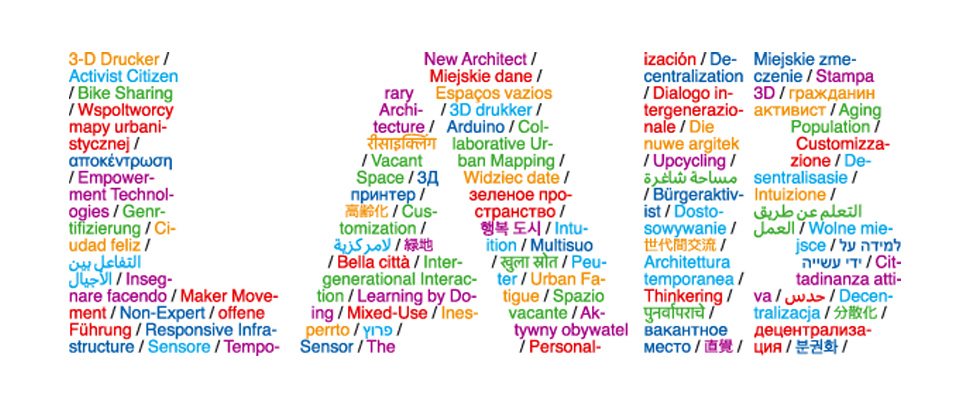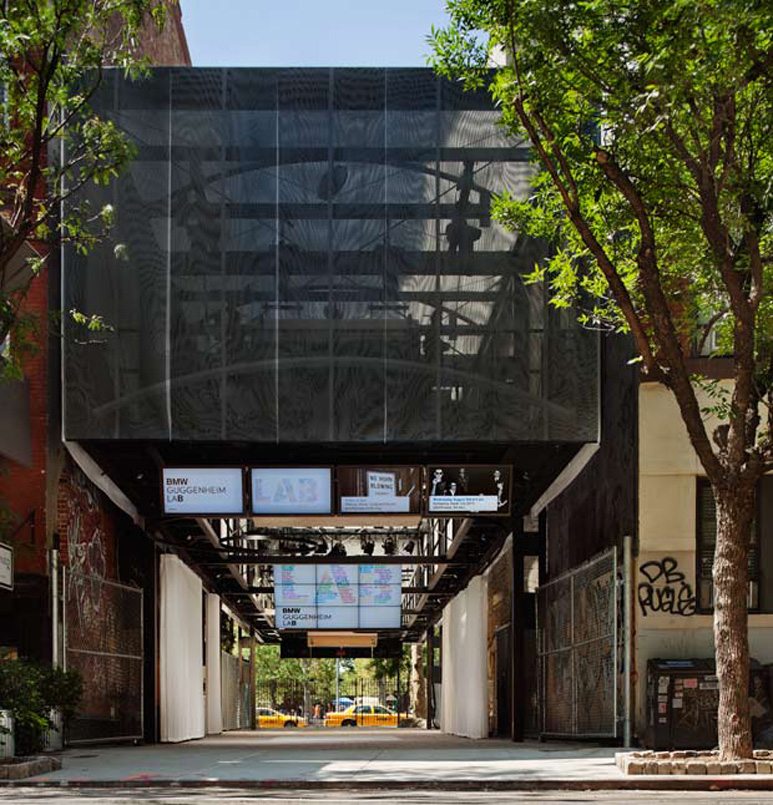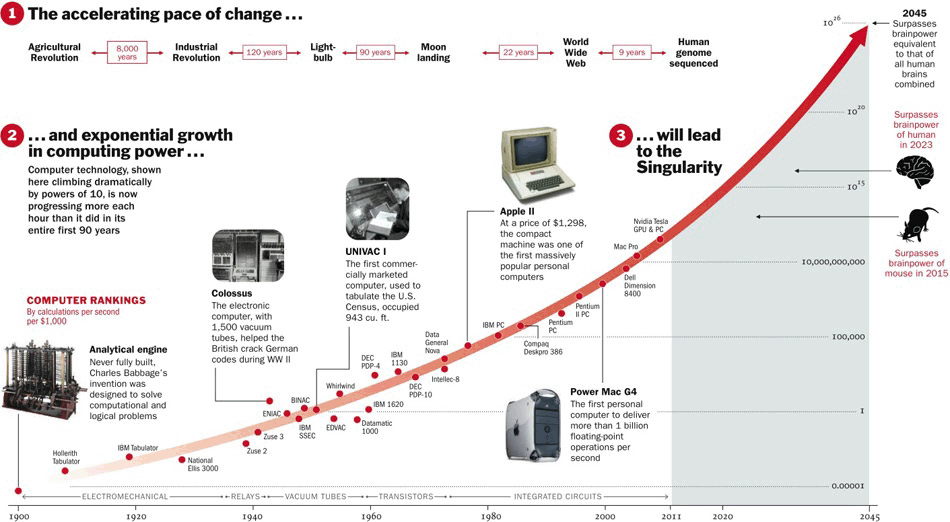The Manhattan Solstice, or Manhattanhenge, occurs when the sunsets directly on the streets of the New York traffic grid. It happens twice a year, in late May and mid July.
Today’s Manhattan solstice was no exception. The sun playing along the NYC streets tantalized photographers who congregated at each intersection to capture the sun as it melted into the horizon in perfect view.





























